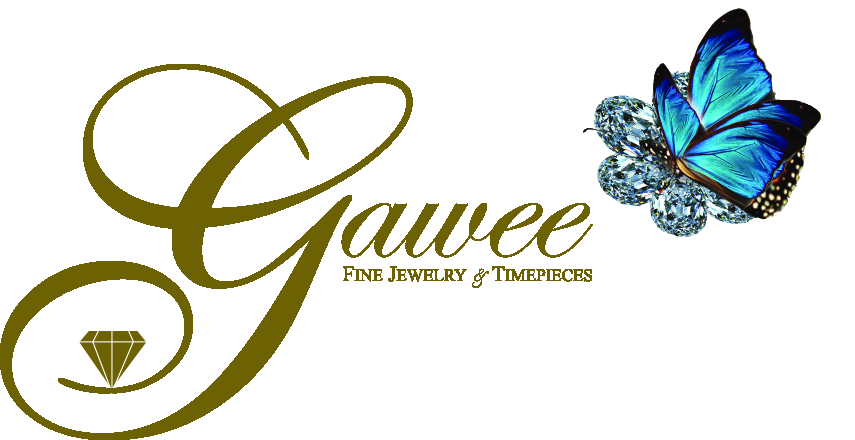The 'Diamond Pipeline'
Rough Diamond Producers

The trade in gem-grade rough diamonds is primarily controlled by the De Beers, Trans Hex, Rio Tinto, BHP Billiton and a hand-full of other companies which use their cartel power to control the supply of diamonds on the wholesale market (diamond pipeline), thereby controlling and stabilizing prices, unlike precious metals such as gold, silver or platinum.
The 'Diamond Pipeline'
Rough diamonds are sent directly from De Beers mining operations in Africa (#1), or secondary mining producers in Canada and Russia to De Beers' Diamond Trading Company (DTC) in London, Gaborone, Kimberley and Windhoek, for sorting and resale. The rough stones are separated into 16,000 categories based on size, color and quality, then divided by human or automated sorters into individual lots called "boxes." The DTC is part of the DeBeers Group supply-chain known as the Central Selling Organization (CSO), which combines ("aggregating") supplies of rough diamonds from multiple sources into one wholesale market (#2).
De Beers Sightholders
The DTC holds a sale called a "site" or "sight" ten times per year in London and Johannesburg, where De Beers sells the "boxes" to its select group ("supplier of choice") of 125 "sightholders" (#3) or diamond manufacturers, cutters, and retailers [5]. De Beers (DTC) sets the price of each box in advance, determining the quantity and quality that each site-holder will receive. A 'sight' can have a value of between $500,000 to $2,000,000 USD.
The sightholder then transports the box of rough diamonds back to diamantaire firms (cutting and polishing factories) located around the world (#4). Many Sightholders are also cutters. Rough diamonds are cut in various geographic regions according to tradition and the skill-sets of the labor force. India cuts the vast majority of small stones (.20 carats or less) in Mumbai (Bombay) and Surat, while large stones are primarily cut in Antwerp, Tel Aviv, Ramat Gan, and New York. Other major cutting centers are located in Johannesburg, China, and Thailand.
The diamonds are then re-sold from the cutting and polishing (manufacturing) centers to wholesalers (Diamond Bourses), or to jewelry manufacturers (#5) around the world. Both traders and manufacturers may sell diamonds "upstream" and "downstream" through the diamond pipeline [8], to take advantage of market fluctuations. Once the diamonds are set into jewelry, they are sold to retailers or direct to the customer.
De Beers and the Future
De Beers' (CSO's) control over the wholesale diamond market has diminished due to increased market penetration, and the breakaway from CSO's cartel by the Argyle Diamond Mine in Australia, and independent diamond producers in Canada, Russia and elsewhere. Additionally, diamonds have underperformed since 1987 when compared to the "luxury goods" market or global GDP. De Beers is also facing increasing pressure from the manufactures of synthetic diamonds, which are increasing in popularity and consumer acceptance.
As a reaction to their decrease in market share, De Beers, through their Diamond Promotion Service (DPS) and Diamond Information Centers (DIC) marketing divisions, has launched an aggressive branding and marketing campaign, reclaiming their "A Diamond Is Forever" moniker. (see DeBeers' Adiamondisforever.com website).
Forevermark Diamonds
As a way of staving off the onslaught of secondary diamond markets, and preventing the inherent product misidentification that will follow, the DTC has developed new inscription technologies to "invisibly" mark the table facet of polished diamonds with a "Forevermark" trademark. This mark is only visible via a point-of-sale electronic viewer, and will come with a certificate of authenticity. As of 2006, Forevermark diamonds will be available through sightholder/retailers in the U.S., Europe, Asia, China, and India (2007). De Beers is hoping that the combination of branding and security will increase consumer demand.
Diamond Industry Trade Organizations
World Diamond Council
The World Diamond Council (aka: International Diamond Council) was established by the World Federation of Diamond Bourses (WFDB) to find ways to reduce the number of conflict diamonds entering the diamond market. The Council began in July 2000 after a joint meeting of the WFDB and its international headquarters are in New York City, NY [4]. The Council has approximately 70 members representing jewelers, traders and manufacturer/producers. In addition to its members, the WDC has observers from the governments of Belgium, Israel and South Africa and works with 35 independent Governments, the European Union and the United Nations to rid the diamond Industry of conflict diamonds.
The Kimberley Process
The Kimberley Process Certification Scheme or KPCS is designed to prevent conflict diamonds (aka "blood diamonds") entering into the mainstream rough diamond market [5]. KPCS originated in May 2000 during a meeting of South African diamond producing states in Kimberley, South Africa.
The Diamond High Council (HRD)
The HRD (Hoge Raad voor Diamant) Diamond High Council is a non-profit industry organization designed to promote and represent the Antwerp diamond trade. The HRD Certificates Department was founded in 1976 to meet an increased demand for quality diamond certificates [9]. The research arm of the HRD works in conjunction with Rijksuniversitair Centrum Antwerpen (Antwerp University RUCA) to increase the diamond knowledge-base
